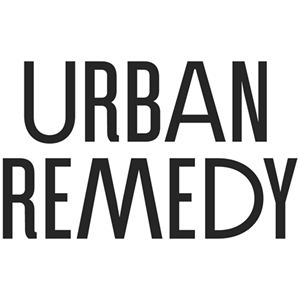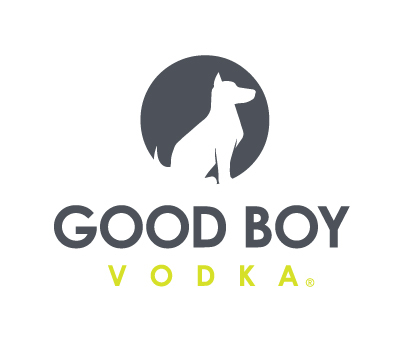Coronavirus: Questions, Concerns About Federal Family Leave Act

But, while they are supportive of the bill, some food and beverage company CEOs are also concerned about keeping their manufacturing facilities staffed, due to their operating at a size at which having a few employees out on leave could hamper production. Some say they are scrambling for other ways to help families cope while still staffing their production lines.
The new laws, which are designed to encourage employers to let workers lessen their financial and job loss risk for staying home with their children by guaranteeing reimbursement for extra leave to the companies, may also run the risk of idling factories if too many workers are out.
It’s a tough balance, note CEOs: brands want to keep producing, but they need workers available to do so.
“Food manufacturers are at risk of shutting down because employees who have children are able to stay home,” Bobo’s CEO TJ McIntyre told NOSH, “and then we’re going to be at risk of not producing.”
“We’re supportive of the measures put in place to protect families from a health and financial perspective, but yes, it’s a concern in terms of what it does for the company from a balance sheet perspective,” adds Urban Remedy CEO Paul Coletta. “It will put pressure on us for sure.”
The first part of the FFCRA, the Emergency Paid Sick Leave Act (EPSLA), gives employees at companies with less than 500 employees paid sick leave for up to a maximum of $511 per day or $5,110 in total under a few different circumstances: when they are subject to a quarantine or isolation order due to the coronavirus or because they are experiencing symptoms of the coronavirus and are seeking a medical diagnosis.
Many producers have already reported offering sick leave to ill or quarantined employees in order to maintain strict food safety policies in facilities. To keep any contagion from spreading, some are also testing employees’ temperatures — a measure that was just approved by the Equal Employment Opportunity Commission last week.
In a post on LinkedIn, Ellenos CEO John Tucker noted the company has implemented a “Fit-For-Work protocol” — which includes regular body temperature checks and questions about employees’ general health — in order to “ensure no employees will enter our facilities if they are not feeling 100% well.”
Beyond illness, however, the FFCRA also addresses leave to care for children, which is where CEOs face challenges.
Under the EPSLA, employers must provide paid sick leave at 2/3 of the highest applicable minimum wage rate, up to a maximum of $200 per day and up to $2,000 total, in order to assist employees in caring for a son or daughter whose school or place of care has been closed due to the coronavirus, or to care for an individual who was directed to self-quarantine or self-isolate.
The second part of the Act, the Emergency Family and Medical Leave Expansion Act, looks at employees’ longer term needs around care.
Under these expanded FMLA benefits, employers with fewer than 500 employees must offer eligible employees up to 12 weeks of job-protected leave to care for children under the age of 18 if the child’s school or place of care is closed due to the virus.
While the first ten days of this leave are unpaid, employees are allowed by the law to use sick leave to cover the gap. After this initial window, employees must be paid at a rate of 2/3 of the employee’s regular salary, for a maximum of $200 per day or $10,000 in total.
Both full-time and part-time employees are eligible for FFCRA benefits, although the Secretary of Labor has the authority to exempt some companies with fewer than 50 employees. The law also includes exemptions for health care providers and emergency responders — the definition of which may be broadened over time. As the law is written, both parents can take these benefits, except (possibly) in the case of two parents who work for the same company, as per current FMLA law.
Both acts go into effect on April 2, 2020, and expire on December 31, 2020. All benefits paid out will be reimbursed to employers via refundable tax credits.
Employees in coronavirus-related healthcare or childcare situations are able to take the leave even if, as has become fairly common, food manufacturers, ingredient companies, or packaging services are deemed “essential services” during a broader business shutdown, according to Liam O’Connell, Co-Managing Partner at Nutter McClennen & Fish.
Some states, such as Vermont, Minnesota, and Michigan, have begun setting up child care services for these essential workers — a group that in some states has come to include grocery store employees. If offered, that care may make it more difficult for employees to ask for leave because alternate arrangements are available, O’Connell said.
However, some employers are looking for their own ways to incentivize employees to stay on the job. Bonuses or temporary salary increases are one option — one that retailers like Kroger and Walmart have already enacted — according to O’Connell and Ruth M. Wimer, partner at law firm Winston & Strawn LLP. But they advise that companies craft those policies with careful consideration.
“You don’t want to fall into a situation where you open yourself up to a claim that you are undermining an employee’s right to government benefits and/or in some measure either subjectively retaliation against employees that are just exercising a legal right that they have,” O’Connell said.
Wimer also offered an alternative solution for employers: last week the virus was designated as a disaster under the Stafford Act, which allows employers to offer employees tax-free reimbursements as a “Qualified Disaster Payment.” These reimbursements can be for “reasonably expected” items in order to “reimburse or pay reasonable and necessary personal, family, living, or funeral expenses incurred as a result of a qualified disaster.”
Examples of such expenses could include extra cleaning products for the home to avoid illness, costs incurred from increased travel (such as having to drive to work instead of taking public transportation), or child care payments. These benefits do not, however, have to be provided to all employees or at the same amount.
“The disaster payments would be very appropriate to be provided to employees that chose to work to assist with [a childcare] expense,” Wilmer said. “It would appear to be reasonable to say… ‘we the employer believe that everyone coming into work during these difficult times has increased expenses and accordingly, anyone who comes in and works a full week, on Friday we’re giving you a disaster relief payment of $100.’ That would be very appropriate.”


















